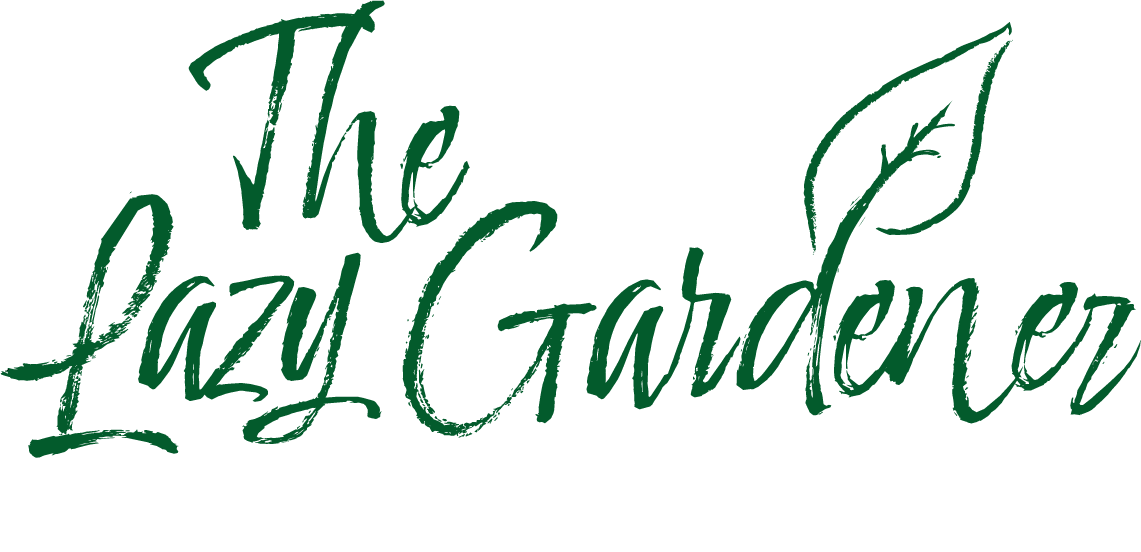By Catherine Wachs
Is every shrub on your property sheared into a sphere? Or perhaps several different shrubs are cropped into one undulating sculpture, resembling an Antoni Gaudi creation.
It's easy to see why landscapers create pom-poms on our properties. It takes a few mere seconds with gas-powered pruning shears to make a ball or freeform shape. Pruning by hand to achieve a more natural shape requires time and experience.
The sphere is not an optimal shape for a plant. Each leaf needs the sun, so if the bottom of the ball is in shade, eventually those leaves will thin, shaded out by its fat middle.
If your house has mature plantings, they've probably been pruned this way for decades. The green part is only on the outside–a green shell. It can't be cut smaller or it would look as bald as my Uncle Harry. Each year the shrub grows a bit more, so every season the ball gets larger. Until you have a green shell that’s all brown inside– a giant green M&M blocking your front walk.
Here's a better way to prune. Go for a cone shape with a rounded top. That means letting the base grow larger and fuller. The leaves at the bottom will get more light. In addition, the shrub should be opened up slightly to allow light into the interior of the plant. This encourages shoots to grow on the inside, avoiding the dreaded green shell. And, if it ever snows again, a thinner top is less apt to be weighed down by the snow.
Some shrubs, like yews (taxus) can take a hard cutting back. They will look like hell for a few years but then they will fill out again, albeit smaller. Timing is key. Same with hemlocks, privet, euonymus, rhododendrons, azaleas and andromedas. It takes patience. For other overgrown bushes, however, sometimes it's best to accept that the shrub has used up its last lifeline and it's time to start anew.


